THE FLIGHT DECK • July 2022
Reasons to save the Earth, as told by astronauts
Why does our planet need looking after now more than ever? The Aim Higher Gala at the Science Museum in London, hosted by our friends at Space for a Better World, revealed some answers. And who better to hear them from than the people who’ve seen Earth from space?
The Apollo space programme proved there is no limit to what humans can achieve, even when it seems impossible. The celebrated Nasa project ran from 1961 to 1972 to fly astronauts to the moon, eventually enabling 12 men to walk on its surface. This May marked 50 years since the fifth moon landing by Apollo 16, and this extraordinary achievement and the technological advancements it led to were recently commemorated at a special gala at London’s Science Museum.
However, the night wasn’t just about celebrating the past. Aim Higher Gala was hosted by Space for a Better World, a non-profit organisation that aims to use knowledge learned in space to help solve the world’s problems and work towards a better future.
Astronauts in attendance, including Britain’s own Tim Peake and Apollo 16 moonwalker General Charlie Duke, were welcomed by cabin crew for dinner, musical performances, awards, and a presentation by professor of particle physics Brian Cox CBE FRS. All agreed their journey into the unknown had given them a greater appreciation of our extraordinary planet and why protecting it must be a priority for all of us.
“When you’re in space, you see see how fragile the Earth’s atmosphere really is”
Naoko Yamazaki
In 2010, Japanese Yamazaki was on board Space Shuttle Discovery on the crew of STS-131, an assembly and resupply mission to the International Space Station. She has since joined the Earthshot Prize Council to inspire a decade of action to repair the planet.
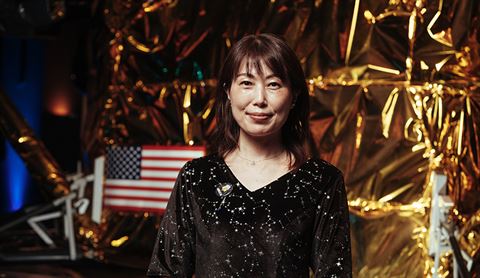
Photo by: Matt Porteous
“When you look up at the stars in the sky, it seems like the world will last forever. But when you’re in space, I was surprised to see how fragile the Earth’s atmosphere is. That’s all that protects us,” she says. “When I got to space, I realised how special and unique the Earth is in the vastness of the universe and that we must look after it. Of course, now I walk as much as possible to save energy, I recycle and do everything I can to be more eco-conscious in my daily life.”
“We need to get over hatred and learn to love and look after each other”
General Charlie Duke
In 1972, Duke became the youngest person to walk on the moon as the lunar module pilot of Apollo 16. The American is still one of only 12 men to have ever landed and walked on the moon.
“Looking at the Earth from space, you see its awe-inspiring beauty,” he says. “You don’t see any nations or any different people. It really shows us that we need to get over hatred and learn to love and look after each other.”
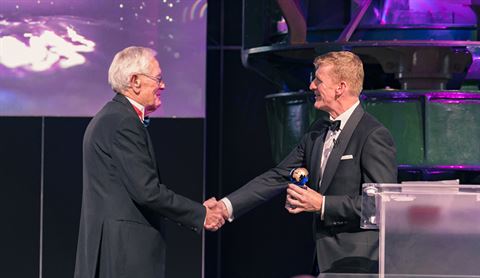
Photo by: Haydon Perrior
Tim Peake
Peake was the first British ESA astronaut to visit the International Space Station on a 186-day mission, which included a spacewalk to repair the station’s power supply.
“Two things really concerned me in space. You don’t normally see the Amazon rainforest, because it’s covered in cloud. But one day, we had a very clear pass over the area, and it was shocking to see the scale of deforestation. I could also see the smog south of the Himalayas. I’ve hiked in that area before, and to see it covered in pollution was quite worrying. I saw wildfires in Alberta, Canada, from the space station too,” he says.
“Seeing the Earth from space changes your perception of humanity”
“It makes you realise that what happens in one part of the world affects everybody else. Pollution has nowhere to go – it’s trapped in a tiny layer. We all need to look after the Earth, as we’re all living on it. Most of all, I think seeing it from space changes your perception of humanity. You don’t see any borders, you just see land mass and the geology of the planet, and that makes you appreciate it. Wherever you live in the world, we’re one species and we need to work together. Quite simply, we either save the Earth or die.”
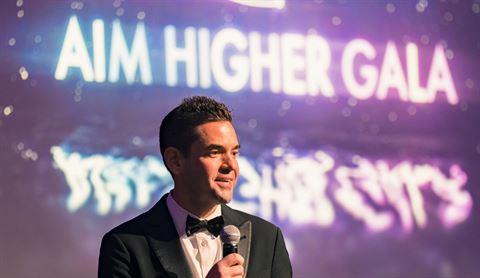
Photo by: Haydon Perrior
Jared Isaacman
Founder and CEO of Shift4 Payments, US-born Isaacman was on board the 2021 SpaceX flight, the first-ever private spaceflight to orbit the Earth.
“You can absolutely see forest fires from space, and how violent our climate can be”
“It’s essential to protect the Earth, and that’s immensely apparent when you see it from orbit and realise how incredibly thin our atmosphere is. The difference between our habitable atmosphere and the emptiness of space is the distance it takes to travel from one state to another in the US,” explains Isaacman.
“You can absolutely see forest fires from space, and how violent our climate can be when there’s a lightning storm, for example. It’s a beautiful planet and it radiates so much energy. This is all we’ve got right now, so we need to look after it, but also keep exploring space to build for the future.”
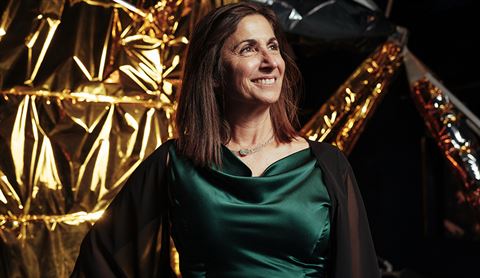
Photo by: Matt Porteous
Nicole Stott
Stott is a veteran Nasa astronaut and has completed two spaceflights, and 104 days living in space as a crewmember on both the International Space Station and the Space Shuttle. The American is only the tenth woman to perform a spacewalk.
“We also have the power to create a future for ourselves that’s as beautiful as it looks from space”
“The Earth is our life support system. We need to protect the things about it that support our life. The planet will recover and go on without us, but we also have the power to create a future for ourselves that’s as beautiful as it looks from space,” she explains.
“I don’t think you need to go to space to feel that way either. Everyone can be impressed and overwhelmed by what they see around them. I can look out the window every day and feel that way. Make that connection right now. Your feet are on a planet in space spinning at 1,000 miles an hour. I wish people would understand that their most important role is as a crewmate on ‘Spaceship Earth’.”
This article has been tagged Adventure, Technology
More from previous issues
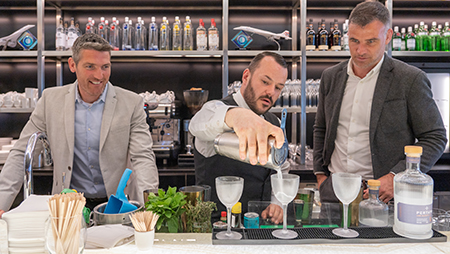
What’s new in the lounges: Perthyn, the spirit of Wales
Begin your flight experience in one of our lounges with the help of this delicious new addition
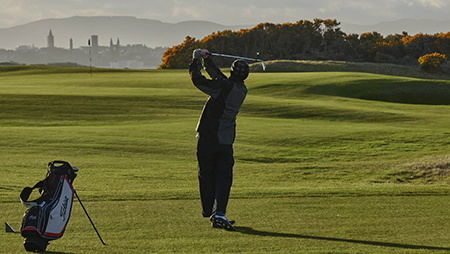
The world’s best golf hotels
Top golf: grab those brilliant white socks and check in for a hole-in-one holiday
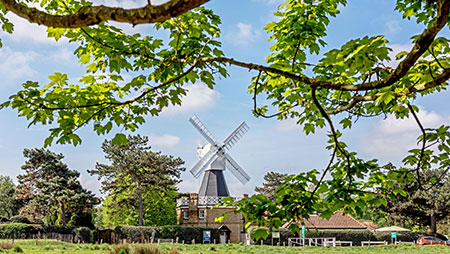
A Member’s guide to Wimbledon
Britain’s most famous tennis tournament aside, this sporty neighbourhood has many other attractions
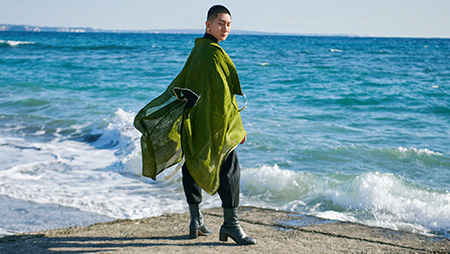
How I pack as... a makeup maestro monk
Fill with pride this month with LGBTQ+ activist, make-up artist and monk Kodo Nishimura